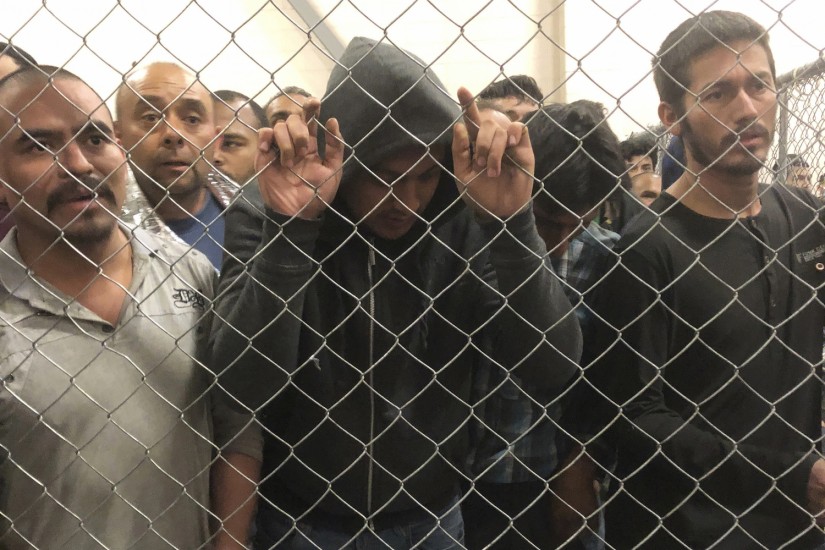Are the immigration detention centers on the border becoming more like “concentration camps”? Over 30 years ago, the Reagan administration wrestled with the same question. In 1981, President Ronald Reagan created a detention policy for Haitian and Cuban refugees, despite his own administration’s fears that it would “create an appearance of ‘concentration camps’ filled largely by blacks.”
But then, as now, these inflammatory labels — along with complaints of overcrowding, mistreatment and even death — didn’t change Reagan’s controversial detention policy. Instead, this crisis and the administration’s extreme measures to resolve it produced an enduring change to immigration enforcement. Ultimately, the once-controversial idea of detention became a staple of our immigration system.
When Reagan took office in January 1981, he inherited what he and his administrators would call an immigration crisis. Between 1972 and 1980, more than 40,000 Haitians had migrated via boat to South Florida, fleeing political persecution and economic deprivation caused by the repressive regime of Jean-Claude “Baby Doc” Duvalier.
Then, between April and October 1980, more than 100,000 Cubans came to the United States from Cuba’s Mariel Harbor, also to escape increasing political repression. In the spring of 1980, Cuban President Fidel Castro had decided to allow departures, which were usually restricted, from the port of Mariel. Many dissident Cubans left immediately, and many Cuban Americans sent boats to Mariel to retrieve friends and family members. Most of these “Marielitos” remained in the United States, living with family members or, if that was not possible, in government-run detention camps.
Policymakers worried about an unending Caribbean refugee problem or, as one Reagan administrator called it, a “Haitian flood.” This sense of catastrophe reverberated in an anti-immigrant environment fueled by a combination of racism and economic instability. Haitians and Mariel Cubans were predominantly single, working-class black men. Although the migrants claimed asylum from political persecution, many Americans believed that they were seeking jobs or welfare benefits that rightfully belonged to American citizens.
Reports from media and government officials alike perpetuated the sense that Haitians and Cubans were unable to assimilate. In 1980, State Department officials blamed an uprising of detained Cubans in Fort Chaffee, Ark., on “some hardened criminals exported to the United States by Fidel Castro,” reflecting a popular misconception that most of the Marielitos had criminal backgrounds. In 1983, the Centers for Disease Control incorrectly identified Haitian migrants as a group that could “be considered at increased risk of AIDS.”
